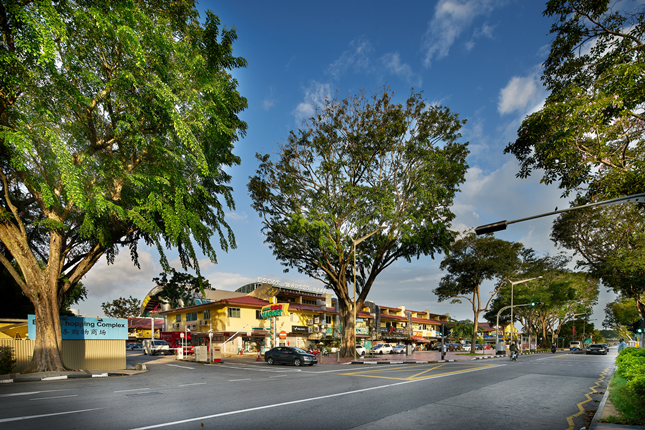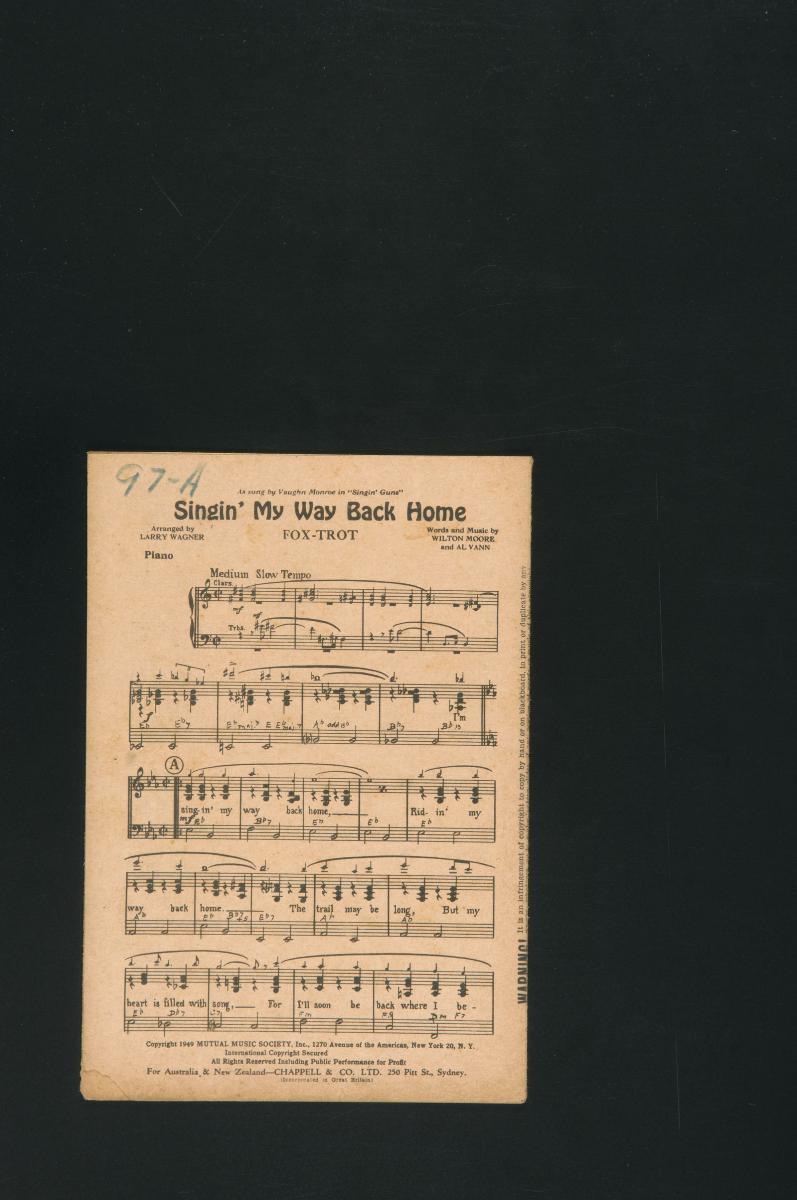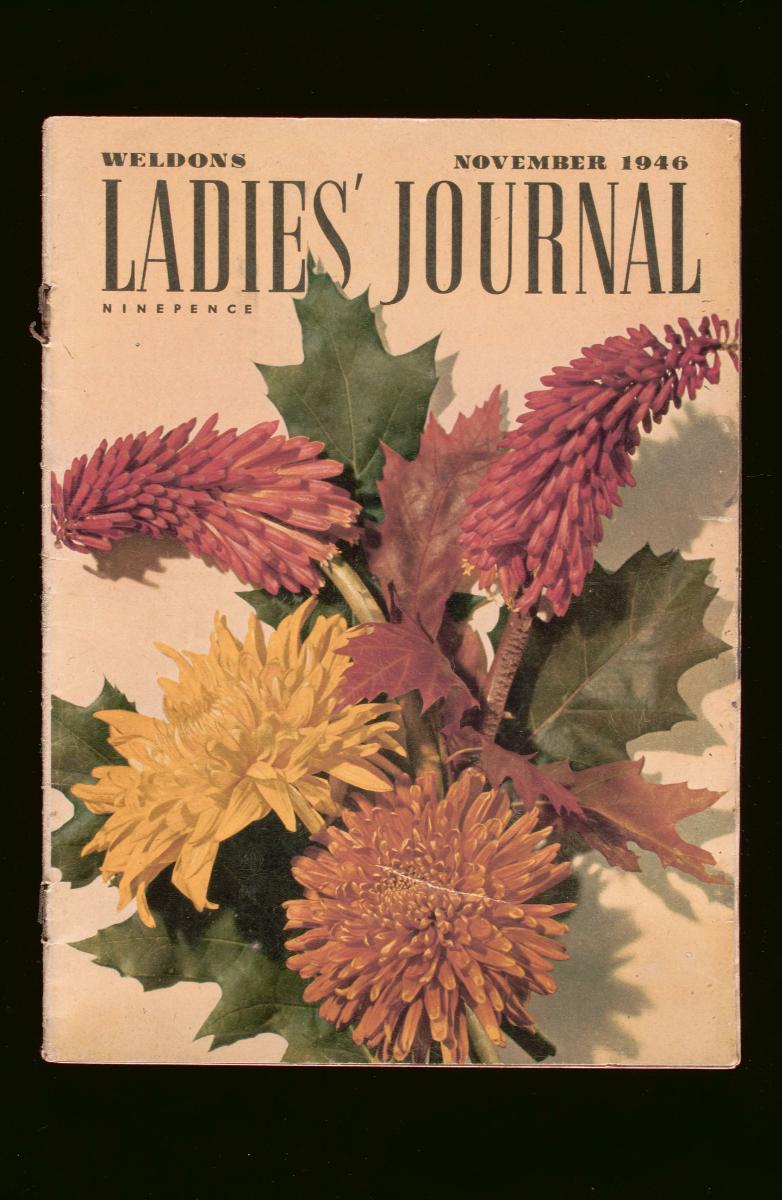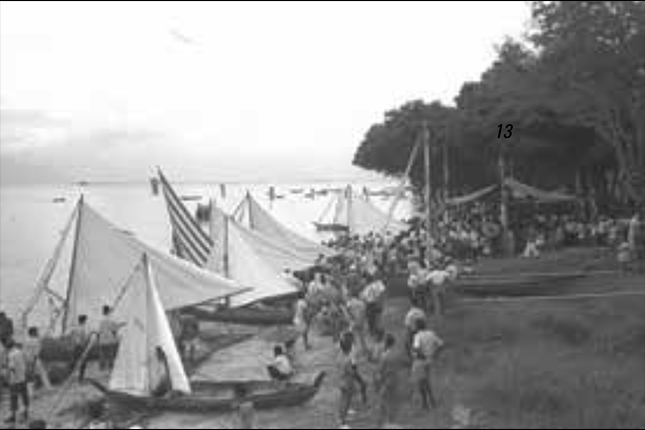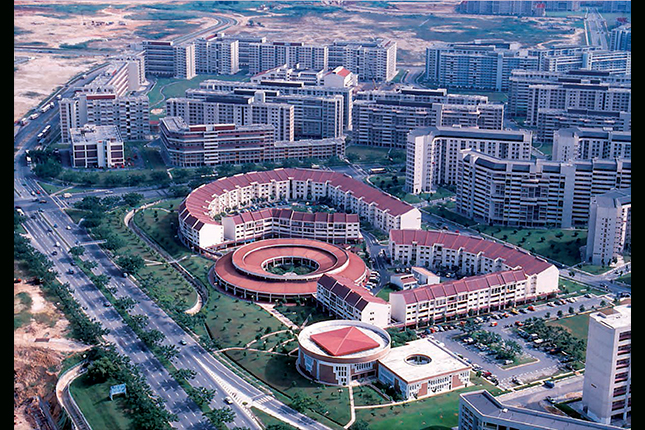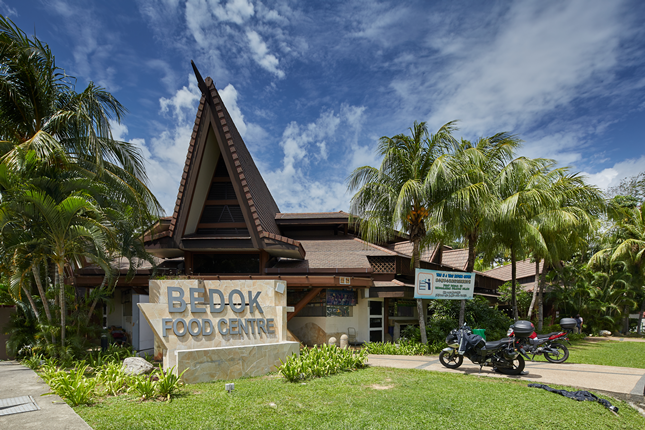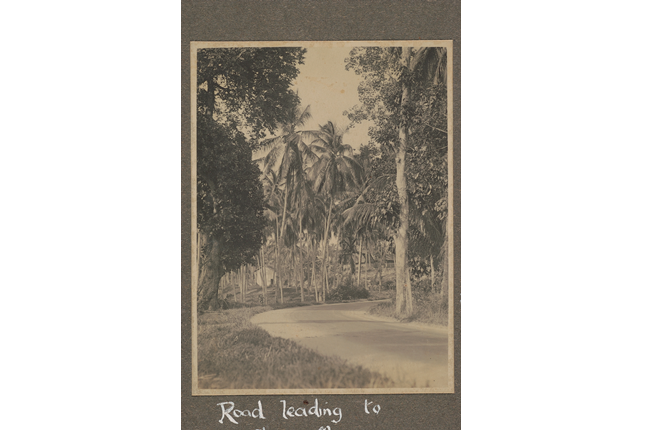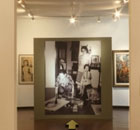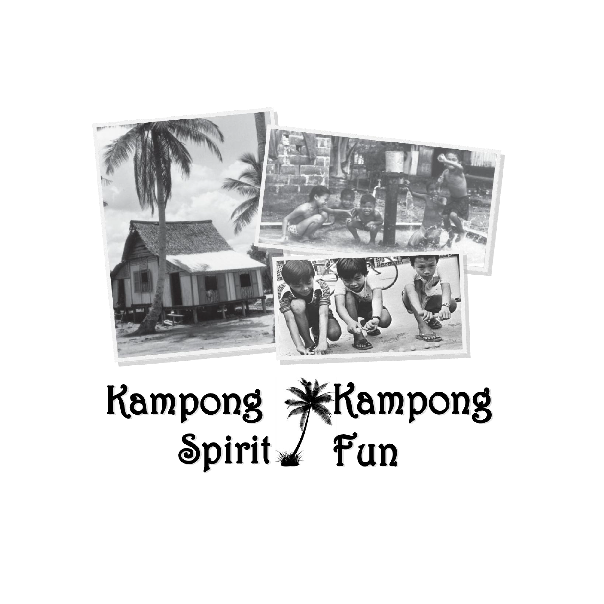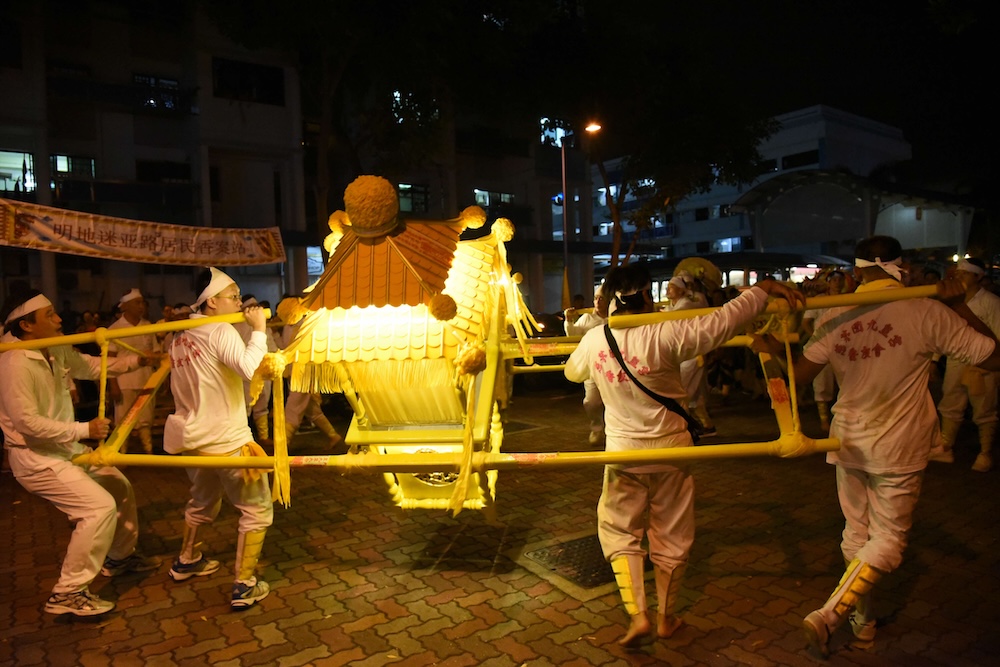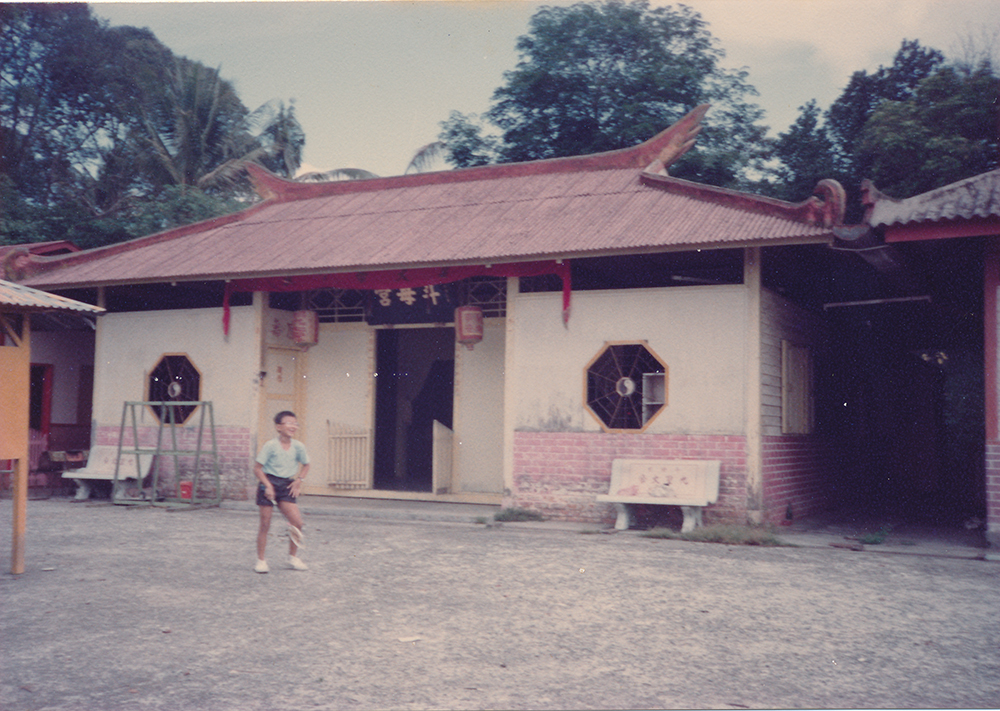This boundary area, long been known as Simpang Bedok (“Bedok Junction” in Malay), was previously a Malay kampong (“village” in Malay) that remained in existence until the 1980s. Simpang Bedok once stood between predominantly Chinese rambutan plantations on one side and a Malay village on the other. It was also a recreational area and favourite food haunt for Commonwealth soldiers based in Changi. Simpang Bedok’s culinary heritage continues today as it remains a popular late-night food haunt.
The area is divided by Upper Changi Road, which led from Chai Chee to the eastern tip of Singapore. This road became far quieter with the reshaping of the area following reclamation and housing developments, and it was replaced by New Upper Changi Road as the main thoroughfare. At the top of Upper Changi Road is Anglican High School which was established in 1960. The school, founded by the Anglican Chinese community, was the only Anglican school then to feature Chinese as its medium of instruction
Further down the Sungei Bedok (“Bedok River” in Malay), the Koh Sek Lim area was previously dotted with farms, rubber estates and mangrove swamps with Nipah palm trees. From these palms, locals obtained attap fronds which were stitched together to make roofs for kampong houses, and also harvested the fruit known as attap chee (“palm seed” in local vernacular) for desserts such as ice kacang (a shaved ice dish sweetened with coloured sugar syrup and piled on top of various ingredients such as red beans and sweet corn).
In 1951, the government bought a 350 acre site in this area from the estate of Chinese businessman Koh Sek Lim to resettle families who were displaced by the building of Paya Lebar Airport. Other parts of the Koh Sek Lim area were leased for sand mining in the early 1950s, and within a decade, sand extraction had created one of the largest lakes in Singapore, although the lake has now become the Bedok Reservoir.
Today, the NEWater Visitor Centre, showcasing the nation’s water journey, is situated here. NEWater was first produced in a demonstration plant at this site in November 2000. Over the years, it has become a vital component of Singapore’s water resources and sustainability.




